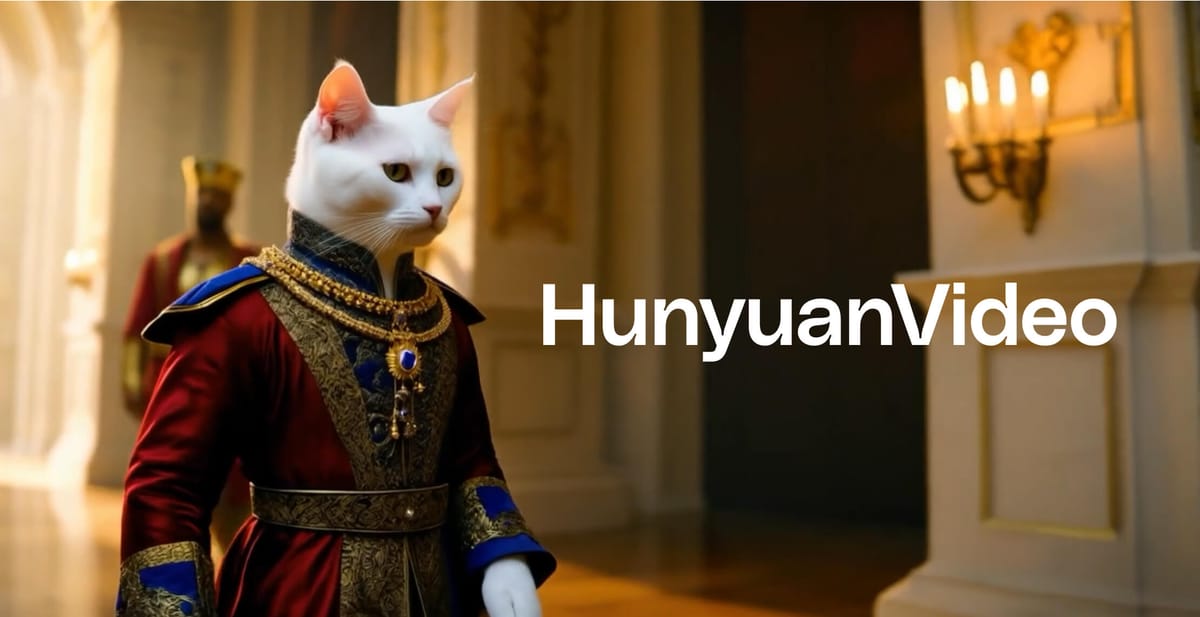
Tencent has released HunyuanVideo, a new open-source AI model with 13 billion parameters, designed specifically for text-to-video generation.
Key Points:
- HunyuanVideo is the largest open-source text-to-video model with 13 billion parameters
- Features innovative video-to-audio synthesis for realistic sound generation
- Enables precise control over avatar animations through multiple input methods
- Uses advanced scaling techniques to reduce computational costs by up to 80%
HunyuanVideo is the most parameter-rich AI video model available in the open-source domain, capable of producing videos that, according to Tencent, match or even surpass commercial models in terms of visual quality and scene dynamics.
"While image generation has seen rapid progress in the open-source community, video AI has remained largely locked behind closed doors," said the Hunyuan Foundation Model Team. "HunyuanVideo aims to change that by providing capabilities that match or exceed commercial alternatives."
The system introduces several technical innovations, including a revolutionary video-to-audio module that can automatically generate synchronized sound effects and background music for videos. This addresses a critical gap in existing video AI tools, which typically produce silent output.
"Creating realistic sound design, or 'Foley audio,' traditionally requires extensive expertise and studio time," explains the team's technical report. "Our V2A (video to audio) module can automatically analyze video content and generate appropriate audio, from footsteps to ambient noise."
The model's avatar animation capabilities are equally impressive. It can control digital characters through multiple input methods - voice, facial expressions, or body poses - while maintaining consistent identity and high visual quality. This makes it particularly valuable for virtual production and digital content creation.
Professional evaluations show HunyuanVideo outperforming several commercial competitors, including Runway Gen-3 and Luma 1.6, particularly in motion quality. In tests involving over 1,500 prompts evaluated by 60 professionals, it achieved a 64.5% score for motion quality compared to Gen-3's 48.3%.
The team also developed novel scaling techniques that reduced computational requirements by up to 80% while maintaining performance. This efficiency breakthrough could accelerate research and development in the field.
The complete system, including the video-to-audio module and avatar animation tools, is now available on GitHub. Tencent has also released comprehensive performance evaluations and technical documentation detailing the model's architecture and training methods, facilitating further research and development in the field.

